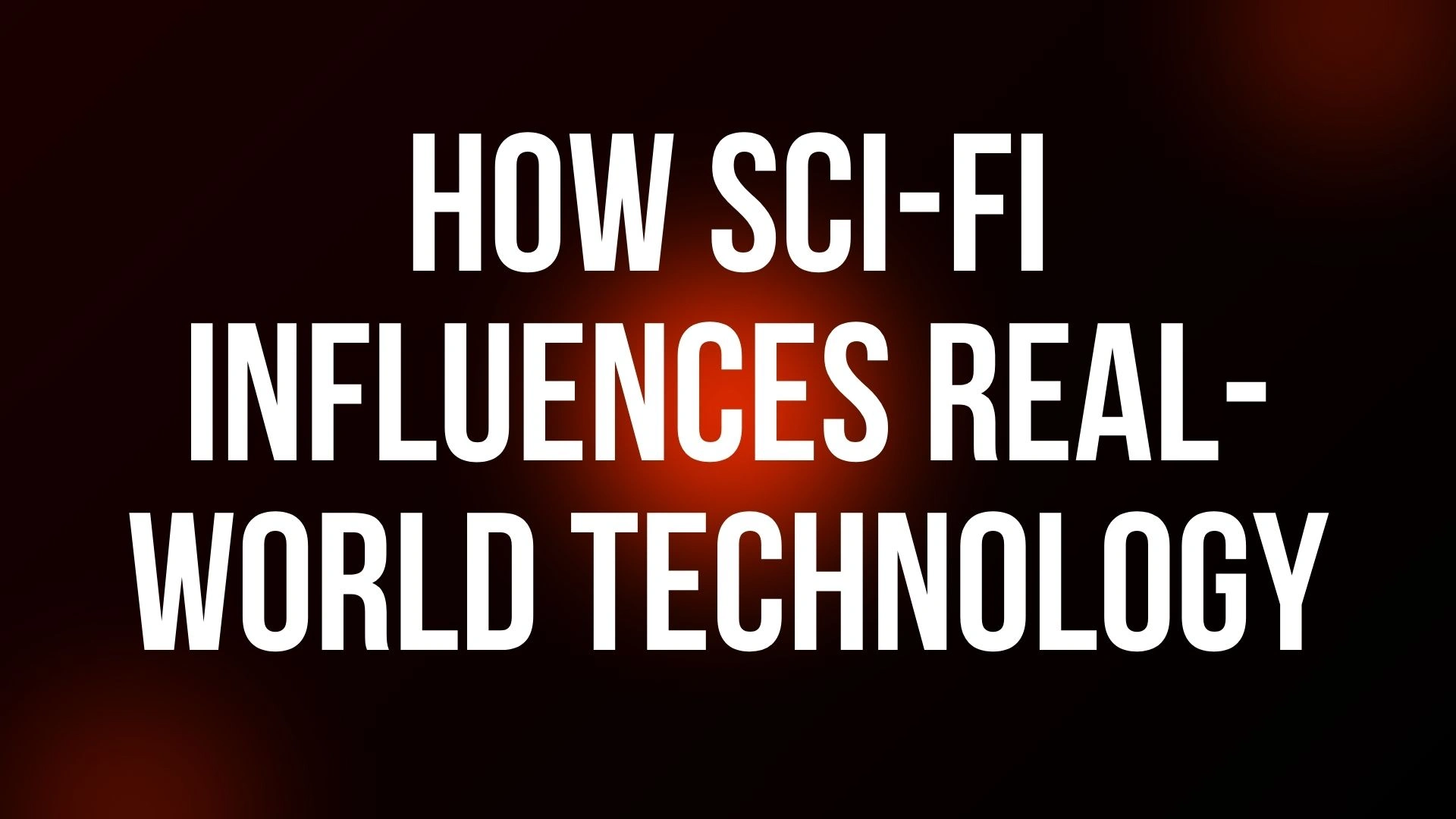Introduction: How Sci-Fi Influences Real-World Technology
Science fiction has long been a source of inspiration for real-world technology. What was once the realm of imagination has often become reality, with scientists, engineers, and inventors drawing ideas from futuristic visions presented in books, movies, and television shows. From space travel to artificial intelligence, many of today’s most groundbreaking innovations were first conceptualized in sci-fi. Let’s explore the fascinating ways science fiction has shaped modern technology.
1. Space Exploration: From Fiction to Reality
Sci-fi stories have long depicted interstellar travel, inspiring real-world advancements in space exploration. Jules Verne’s From the Earth to the Moon (1865) imagined lunar travel long before NASA’s Apollo missions. Today, companies like SpaceX and Blue Origin are working on reusable rockets and potential Mars colonization—concepts straight out of sci-fi classics.
2. Artificial Intelligence (AI) and Robotics
From Isaac Asimov’s I, Robot to 2001: A Space Odyssey’s HAL 9000, science fiction has imagined intelligent machines for decades. Today, AI-powered assistants like Siri and Alexa, autonomous robots, and self-learning algorithms are bringing these ideas to life.
3. Virtual and Augmented Reality
Sci-fi has frequently envisioned immersive digital environments, such as the “holodecks” in Star Trek or the virtual world of The Matrix. Now, VR headsets like the Oculus Quest and AR applications like Microsoft’s HoloLens are making these once-fictional experiences real.
4. Communication Devices Inspired by Sci-Fi
The communicators in Star Trek foreshadowed modern smartphones, while video calls, once a futuristic concept seen in 2001: A Space Odyssey, are now a daily reality with Zoom and FaceTime.
5. Self-Driving Cars and Smart Vehicles
Autonomous vehicles have been depicted in sci-fi movies like Total Recall and Minority Report. Today, companies like Tesla, Waymo, and Uber are developing self-driving technology that closely mirrors these fictional portrayals.
6. Wearable Technology
Sci-fi characters frequently use wearable gadgets, from Dick Tracy’s two-way radio watch to Tony Stark’s smart glasses in Iron Man. Now, smartwatches, fitness trackers, and AR glasses are integrating technology into our daily lives.
7. Medical Advances and Bionic Enhancements
Stories like Star Wars and Cyberpunk 2077 introduced bionic limbs and medical droids. Today, we have prosthetic limbs controlled by brain signals and robotic surgical assistants revolutionizing medicine.
8. Holographic Displays and Projections
Sci-fi films such as Star Wars and Iron Man showcased holographic interfaces. In reality, companies like Looking Glass and Holovect are working on holographic technology that could soon become mainstream.
9. Tractor Beams and Force Fields
Concepts like tractor beams from Star Trek and force fields from Star Wars seemed impossible, but researchers are experimenting with acoustic and laser-based methods to manipulate objects remotely.
10. Replicators and 3D Printing
The Star Trek replicator inspired the development of 3D printing. Today, 3D printers create everything from prosthetics to entire houses, bringing sci-fi manufacturing closer to reality.
11. Mind-Controlled Interfaces
Sci-fi has long depicted technology controlled by thoughts, such as Neuromancer’s neural implants. Brain-computer interfaces (BCIs), like Neuralink, are making this a reality, allowing direct communication between the brain and machines.
12. Quantum Computing and Sci-Fi Visions
Quantum mechanics is a frequent theme in sci-fi, from Interstellar’s time distortions to The Flash’s multiverse. Quantum computing, once purely theoretical, is now progressing with research from Google and IBM.
13. Cloning and Genetic Engineering
From Jurassic Park to Gattaca, genetic modification has been a recurring sci-fi theme. CRISPR technology is now enabling precise genetic editing, paving the way for breakthroughs in medicine and agriculture.
14. Exoskeletons and Enhanced Human Strength
Powered exoskeletons, seen in Edge of Tomorrow and Iron Man, are becoming real, aiding mobility for individuals with disabilities and enhancing workers’ strength in industrial settings.
15. Flying Cars and Hover Technology
Sci-fi has long promised flying cars, from Blade Runner to The Fifth Element. While not yet mainstream, prototypes like the AirCar and the Jetson ONE bring us closer to that future.
graph LR
A[Sci-Fi Ideas] --> B[Inspired Scientists]
B --> C[Technological Innovations]
C --> D[Real-World Applications]The Future of Sci-Fi and Technology
As technology continues to evolve, science fiction will remain a guiding force, inspiring new breakthroughs and pushing the boundaries of what’s possible. Many of today’s innovations were once dismissed as fantasy—proving that the future often begins with imagination.
sci-fi tech predictions, real-world technology from sci-fi, futuristic inventions, sci-fi influences on technology

